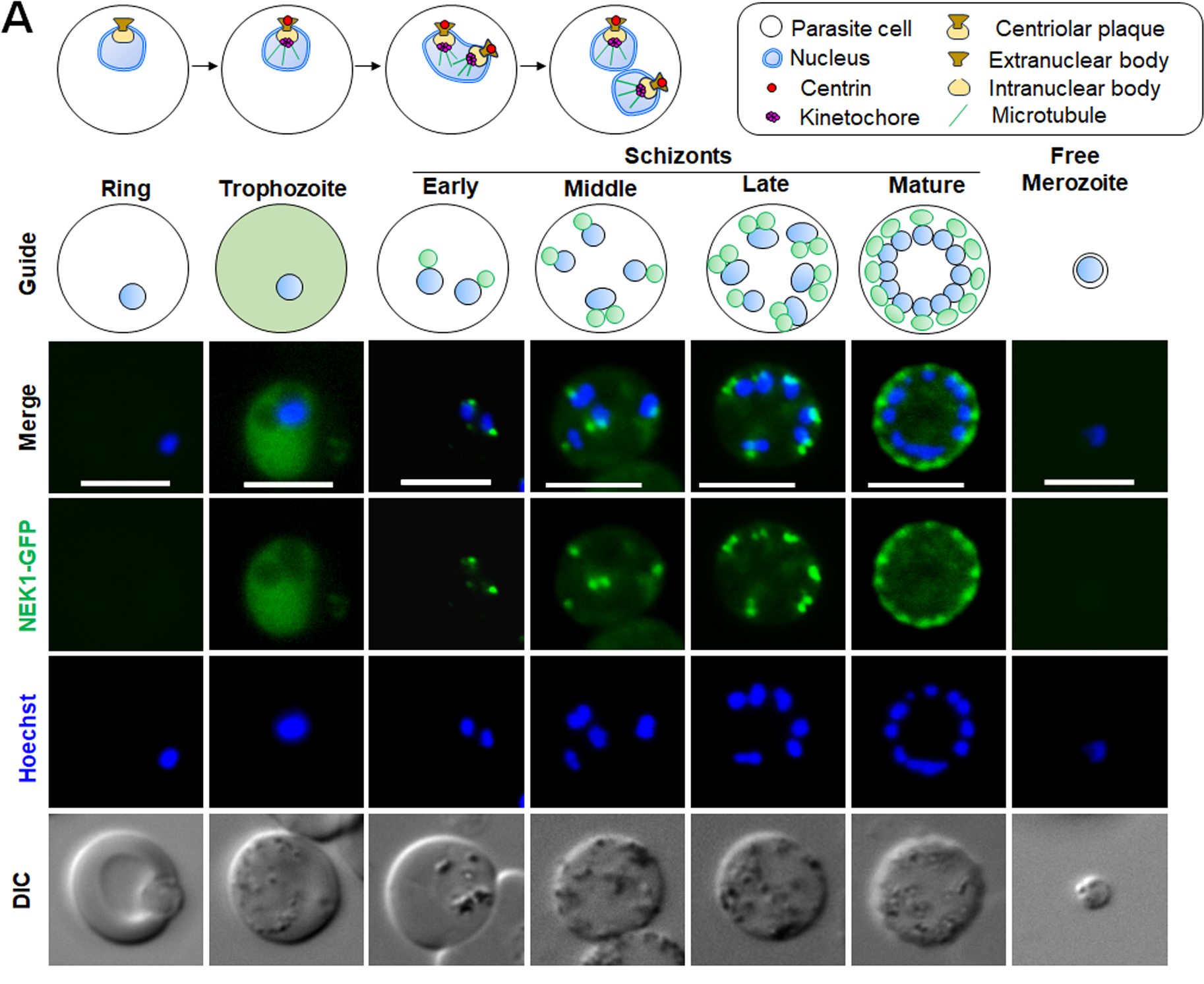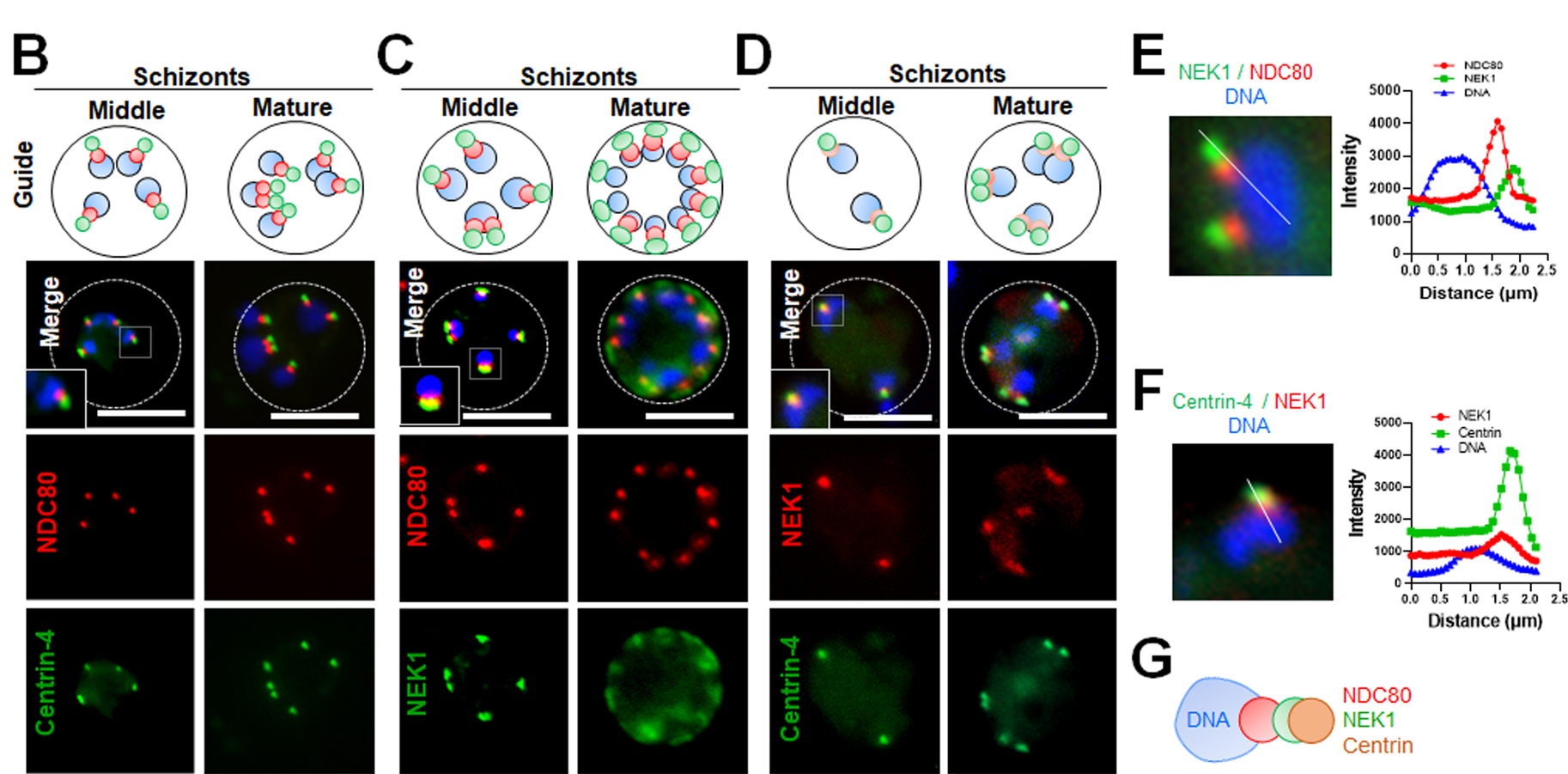Mitosis, the fundamental process by which cells divide, ensures the accurate distribution of genetic material to daughter cells. This process is essential for growth, repair, and reproduction in all eukaryotic organisms.
A new study sheds light on a specific group of proteins, known as NIMA-like kinases (NEKs), which play a vital role in cell division. These findings could pave the way for innovative strategies to combat malaria, a disease responsible for over 600,000 deaths annually.
NEKs were first identified in a fungal species, Aspergillus nidulans, as key regulators of mitosis. These proteins have since been found across a wide range of eukaryotes, where they are critical for cell cycle progression and microtubule organization.
In simpler organisms like yeast, only one NEK is expressed, while in mammals, the family expands to 11 members. This diversity reflects the complexity of microtubule-dependent processes in higher organisms, including the assembly of cilia and flagella and the orchestration of chromosome segregation.

In mammals, several NEKs—including NEK2, NEK6, NEK7, and NEK9—localize to centrosomes, the microtubule-organizing centers (MTOCs) responsible for forming the mitotic spindle. These centrosomes, composed of centrioles surrounded by a protein-dense matrix, act as hubs for cell cycle regulators.
In organisms like yeast, spindle pole bodies (SPBs) function similarly but lack centrioles. The SPBs, embedded in the nuclear membrane, orchestrate spindle dynamics during the closed mitosis typical of these species.
The malaria parasite, Plasmodium spp., exhibits unique adaptations in cell division, reflecting its need to thrive in diverse environments. Within its two hosts, mosquitoes and vertebrates, the parasite undergoes complex life cycle stages involving both asexual and sexual reproduction.
During its asexual phase in the vertebrate host, the parasite invades liver cells and red blood cells, where it multiplies through a process called schizogony. This involves asynchronous nuclear divisions within a single cell, followed by cytokinesis at the end of the cycle.
Related Stories
In mosquitoes, the sexual stages unfold. Male gamete formation, or microgametogenesis, is particularly striking. In just eight minutes, the parasite’s genome undergoes three rounds of replication, forming eight nuclei. Rapid spindle formation and chromosome segregation occur in successive cycles, culminating in the release of motile gametes.
Unlike typical eukaryotic cells, the malaria parasite lacks conventional centrosomes during most stages, instead relying on a bipartite MTOC. This structure consists of a cytoplasmic component and a nuclear component, which together coordinate spindle dynamics.
Recent research from the University of Nottingham, led by Professor Rita Tewari, has uncovered the critical role of NEK1 in the malaria parasite’s cell division. Using advanced techniques like live-cell imaging and electron microscopy, the team demonstrated that NEK1 localizes to the bipartite MTOC during male gamete formation.
NEK1 is essential for organizing the MTOC, forming spindles, and attaching chromosomes via kinetochores. This study was published in the journal, PLOS Biology.
Mohammad Zeeshan, a lead researcher in the study, noted, “NEK1 is a functional protein that plays a crucial role in different stages of Plasmodium development. Our study reveals that the depletion of NEK1 protein from Plasmodium arrests its cell division and sexual development. This indicates that NEK1 could be a potential drug target, not only to stop the malaria disease but also its transmission.”

The study also revealed significant differences in the regulatory mechanisms of Plasmodium compared to other eukaryotes. The parasite lacks several typical cell cycle regulators, including polo-like kinases and many components of the anaphase-promoting complex.
Despite these absences, Plasmodium compensates with unique adaptations, such as its NEK kinases. NEK1’s ability to autophosphorylate and its interaction with other proteins like PfMAP2 suggest it may play a central role in alternative regulatory pathways.
The findings offer promising avenues for malaria control. By targeting NEK1, researchers could disrupt the parasite’s ability to reproduce and transmit. Professor Tewari emphasized the importance of understanding the parasite’s cellular processes, stating, “To have fundamental knowledge of how the parasite succeeds to divide within the mosquito and what switches it uses will help to design intervention targets.”
Kinases, such as NEK1, are already well-established drug targets in cancer and other diseases. Extending this strategy to malaria could yield highly effective therapies. This research aligns with efforts to not only treat the disease but also curb its spread by interfering with the parasite’s transmission cycle.
Additional studies have highlighted the potential of other NEKs, such as NEK2 and NEK4, which are crucial for meiosis and zygote differentiation in Plasmodium. Understanding the roles of these kinases could further enhance therapeutic strategies.

The innovative approaches used in this study, including conditional gene knockdown and proteomic analysis, set a precedent for future research. The team’s findings underscore the importance of basic scientific inquiry in addressing global health challenges.
As Professor Tewari concluded, “Kinases are the best drug targets, and their role in parasite transmission is important to unravel. The studies here are a step in that direction.”
By continuing to investigate the molecular mechanisms of Plasmodium, researchers can develop targeted interventions to combat one of the world’s deadliest diseases. The identification of NEK1 as a key regulator in the malaria parasite’s life cycle is a critical milestone in this effort.
Note: Materials provided above by The Brighter Side of News. Content may be edited for style and length.
Like these kind of feel good stories? Get The Brighter Side of News’ newsletter.
The post Groundbreaking discovery could stop malaria transmission globally appeared first on The Brighter Side of News.